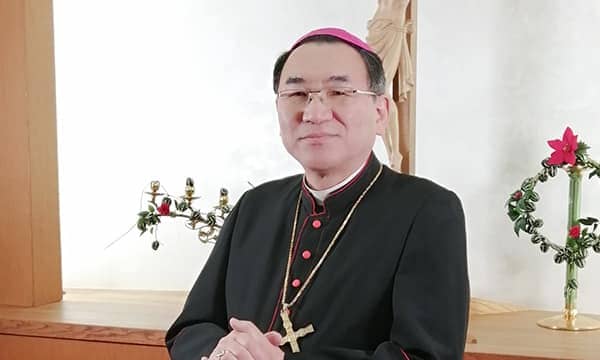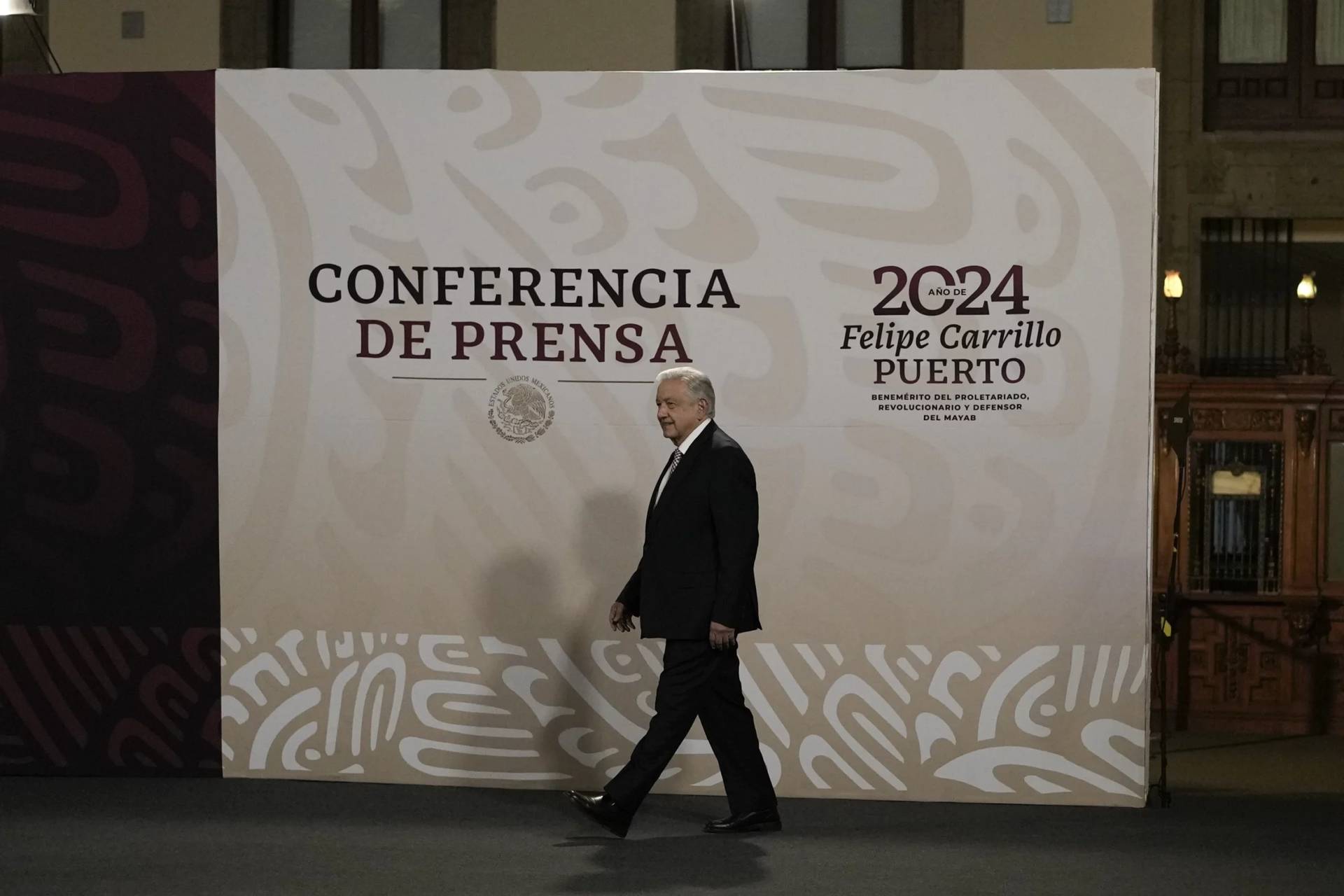ROME — “Throw the bums out” is a well-recognized instinct in politics, often fueled by cycles of scandal and corruption or simply a perception that the same cast of characters has been in power for too long.
In the 1990s, for instance, the desire to shake things up led to the adoption of term limits in 15 American states, usually due to popular referenda or ballot initiatives. Legislators in those states now are compelled to step down after a fixed period, often six to eight years, ensuring a steady infusion of new faces.
Pope Francis appears driven by that same anti-establishment instinct with the College of Cardinals, the body of senior prelates that sets the tone for leadership in the Church and also enjoys the exclusive right to elect the next pope.
The pope announced a lineup of 15 new voting-age cardinals on Jan. 4, and it’s clear he’s changing the mix. The experience of American term limits, however, suggests Francis may need to be attentive to the law of unintended consequences, to avoid inadvertently strengthening the very bureaucracy he’s trying to upend.
Of 15 new cardinals announced by the pontiff, only one is a Vatican official, and just five come from Europe. There’s also no new cardinal from the United States.
Three of the new Princes of the Church come from nations that have never before had a cardinal — Myanmar, Cape Verde, and Tonga. Even within countries long accustomed to cardinals, Francis skipped the usual centers of power to lift up eminences in unexpected places.
In Italy, for instance, the Sicilian diocese of Agrigento hasn’t had a cardinal since the 18th century, and is usually led by a simple bishop. In Panama, the small diocese of David has never even had an archbishop, let alone a cardinal. In Spain, the medium-sized archdiocese of Valladolid typically has been a stepping stone, not a cardinal’s destination in itself.
In one fell swoop on Sunday, all those places suddenly became “red hat” sees.
With the exception of French Archbishop Dominique Mamberti, the Vatican’s former foreign minister and now the head of its supreme court, none of the new cardinals is an old Roman hand, and several would need a tour guide just to find their way around the Apostolic Palace.
All this builds on Francis’ first crop of new cardinals last February, when he awarded red hats to places such as the Ivory Coast, Burkina Faso and Haiti. Meanwhile, right now the traditional powerhouses of Madrid, Venice, Turin, Chicago, and Los Angeles all are not led by cardinals, something virtually unheard of in modern Catholicism.
As the Vatican spokesman noted on Sunday, the era of “automatic” red hats being associated with particular dioceses would seem to be on hiatus under Francis, if not on its way to extinction.
Obviously, the agenda here is about fresh blood and reaching out to places that don’t usually have a voice. However, there are other possible consequences to consider of bypassing the usual suspects.
According to a 2007 study by the National Conference of State Legislatures, term limits have weakened legislatures by depriving them of veteran leadership, and correspondingly strengthened the hands of three other actors: lobbyists, the executive branch, and unelected bureaucrats.
In each case, the reason is more or less the same. Without seasoned experts in the legislature, it’s the bureaucrats, lobbyists, and staffers who become the default institutional memory of state government. Those who know where the bodies are buried, and how to move the levers of power, enjoy a natural advantage over novices who face a steep learning curve.
Moreover, bureaucrats who find themselves stymied by a particular crop of legislators now have a greater capacity to simply wait things out, knowing that the mix will change significantly with the next election cycle.
In other words, a system sold on the grounds of enhancing democracy turns out to have some fairly anti-democratic risks.
Any comparison between the Vatican and an American state house is destined to be inexact, but there are some parallels worth considering.
Cardinals play multiple roles, and for many, their most important will be leading the local church over which they currently preside. Yet cardinals are also the closest advisors to the pope, and the new cardinals Francis named on Sunday will eventually be appointed as members of the various congregations, tribunals, and councils that make up the Vatican.
In those positions, they’ll be expected to set policy and to review the performance of staff. They may also be named as members of other supervisory bodies, such as the Council for the Economy or the Commission of Cardinals that oversees the Vatican bank.
Prelates who have no Vatican experience, who don’t speak Italian, and who don’t themselves have the experience of running a large and complex ecclesiastical operation, may feel a natural tendency to defer to the old hands — generally meaning the same Vatican mandarins whom Francis recently excoriated for suffering from “spiritual Alzheimer’s” and the “terrorism of gossip.”
The possibility of strengthening the bureaucracy may be even more tangible in the Vatican as opposed to an American legislature, since the pope’s new cardinals aren’t Tea Party members riding into the capital to slash taxes and cut the size of government.
The cardinals were not selected on the basis of a clear mandate or policy agenda, and they don’t all belong to the same ideological bloc. For that reason, it’s not as if they’re likely to stride into Vatican meeting rooms with a clear sense of purpose from day one.
There’s also institutional psychology to consider.
Vatican insiders will tell you that when the cardinal of, say, Chicago, or Cologne, or Milan, shows up in their offices, he’s taken seriously indeed. Those are all places where a reigning cardinal presides over an infrastructure and a payroll that are actually much larger than the Vatican’s, where he usually enjoys a high media profile and perceived political clout.
It’s not clear that the cardinal of Tonga or Cape Verde will have quite the same muscle, at least right out of the gate.
The bottom line is that Francis may run the risk of bolstering the old guard rather than cutting it down to size.
Of course, there are also reasons to believe things may not break this way.
For one thing, Francis himself is a great example of an outsider with no previous Vatican experience who’s done just fine not being cowed by the system. He also has gradually moved people into senior positions who largely share his outlook, meaning the Vatican’s “old guard” in 2015 is, to some extent, a different animal from the crowd Francis inherited 20 months ago.
At the end of the day, whether these new cardinals get pushed around will be mostly up to them. Even if they don’t arrive with a detailed action plan, they know the pope picked them to make sure the voices of local churches find an echo in Rome, and no doubt will feel an obligation to live up to that charge.
Still, Francis may want to consider using the two days of meetings with all the cardinals of the world he’s set for Feb. 12-13 to make clear he wants his new selections to speak up – and to put the apparatchiks on notice that he expects the new cardinals to be heard.
In a papacy already full of drama, the way in which Francis is so utterly changing the sociology of the College of Cardinals is arguably his most revolutionary act of all, and the one that will cement his legacy.
The trick now is to make sure it plays out the way he intends.















